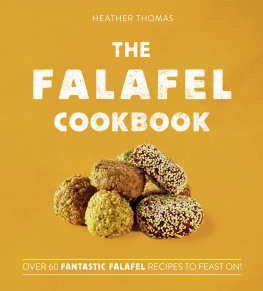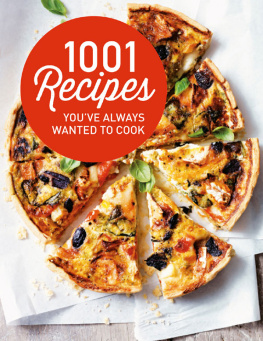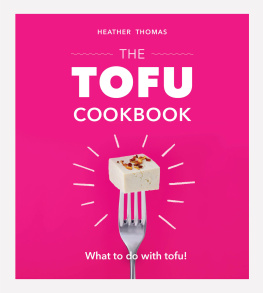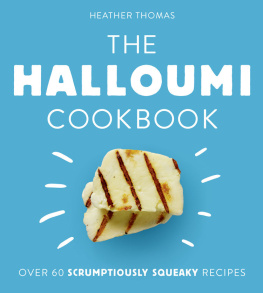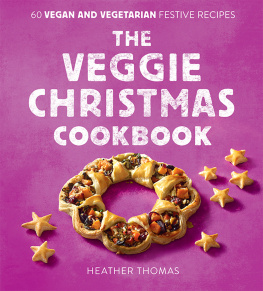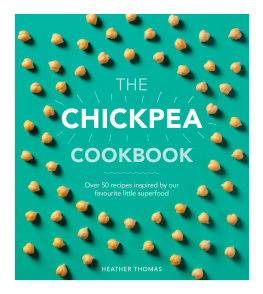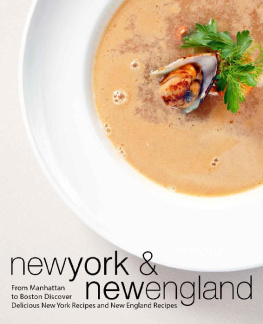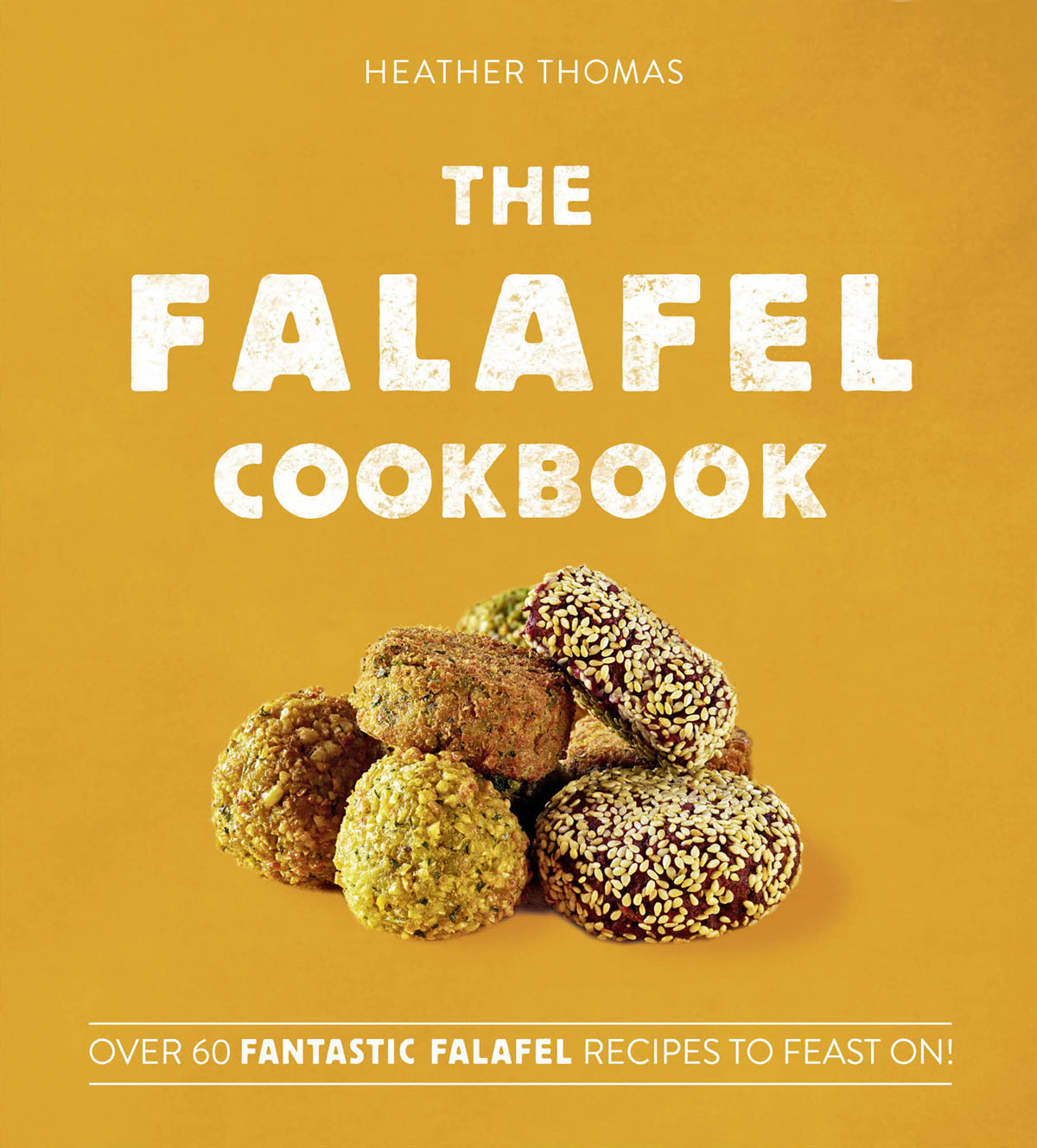Contents
Guide
HarperCollins
Publishers 1 London Bridge Street London SE1 9GF www.harpercollins.co.uk First published by HarperCollins
Publishers 2021 FIRST EDITION HarperCollins
Publishers 2021 Cover design HarperCollins
Publishers Ltd 2021 Cover photographs by Joff Lee HarperCollins
Publishers Ltd 2021 A catalogue record of this book is available from the British Library Heather Thomas asserts the moral right to be identified as the author of this work Photographer: Joff Lee Food Stylist: Mari Williams Prop Stylist: Rebecca Newport All rights reserved under International and Pan-American Copyright Conventions. By payment of the required fees, you have been granted the nonexclusive, non-transferable right to access and read the text of this e-book on screen. No part of this text may be reproduced, transmitted, downloaded, decompiled, reverse engineered, or stored in or introduced into any information storage retrieval system, in any form or by any means, whether electronic or mechanical, now known or hereinafter invented, without the express written permission of HarperCollins e-books. Find out about HarperCollins and the environment at www.harpercollins.co.uk/green Source ISBN: 9780008406301 Ebook Edition March 2021 ISBN: 9780008406318 Version 2021-02-10
This ebook contains the following accessibility features which, if supported by your device, can be accessed via your ereader/accessibility settings:
- Change of font size and line height
- Change of background and font colours
- Change of font
- Change justification
- Text to speech
- Page numbers taken from the following print edition: ISBN 9780008406301
CONTENTS
Golden and crispy on the outside, deliciously moist and fluffy inside, heady with spices and aromatic herbs, whats not to like about falafel? This simple, unpretentious street food has become increasingly popular as more of us are embracing a healthier diet and Mediterranean-style food. Falafel are great for sharing and are beloved of meze platters. There is a growing trend away from complex recipes to simpler options and uncomplicated meals as we all become more mindful about what we eat.
People are demanding more fresh and healthy plant-based food, and falafel fit the bill perfectly. They even have their own emoji and a Google Doodle on International Falafel Day on 12th June. And because they are entirely plant-based, economical and convenient, they are a very sustainable food and, made from chickpeas (garbanzo beans), are an excellent source of plant protein and a delicious substitute for meat.
VERSATILITY Vegetarian eating is now mainstream as more people are switching to a completely meat-free diet. One of the great things about falafel is their universal appeal to meat-eaters as well as vegetarians and vegans. Their versatility has been key to their success as they have moved beyond being a tasty fast-food snack with a slick of tahini that you can eat on-the-go, to a filling for pita pockets, sandwiches and wraps, tacos, burgers and sliders.
They are even served as faux meat in sausage rolls and meatballs. They can be made the traditional way from soaked chickpeas (garbanzo beans), or by using tinned chickpeas (garbanzo beans) combined with tasty root vegetables, such as beetroot and sweet potato. They can be coloured emerald green with herbs, spinach, kale and peas, or stuffed with halloumi or salty feta. Serve them in salads, as part of a meze platter with a selection of dips, sauces and pickles, or even in breakfast fritters and shakshuka.
NUTRITION AND HEALTH Falafel are among the healthiest foods you can eat. They are a good source of protein, healthy carbs, vitamins B and C and a wide range of minerals.
They are also high in soluble fibre, which boosts gut health and helps lower LDL (bad) blood cholesterol. They are low in fat (especially if you bake or shallow-fry them) and gluten-free if using chickpea (gram) flour. In addition, the spices and herbs in falafel contain antioxidants that prevent or delay damage to the cells in our bodies and help protect us against heart disease and cancer.
MAKING FALAFEL Luckily for us, falafel are a breeze to make and the ultimate fast food. All you need to do is soak dried chickpeas (garbanzo beans) in water overnight, then grind them with herbs, spices, garlic, onion and flavourings, and shape them into little balls or patties before frying or baking until appetizingly crispy. You dont need any specialist skills or equipment apart from a large blender or food processor.
You will find an exciting range of recipes in this book, ranging from traditional dishes and accompaniments to snacks and street food, salads and substantial main courses. There are healthy recipes from Egypt, the Lebanon, Israel, Morocco, Turkey and Greece as well as India, Mexico, the Caribbean, Thailand and Italy. Theres something for everyone, whether youre a meat-eater, a vegetarian or a vegan.
STORING AND FREEZING You can keep falafel fresh in a sealed container in the fridge for up to three days. To freeze cooked falafel, place them on a tray and freeze for 1 hour, then remove from the freezer and arrange them in a plastic container with wax paper between the layers. They will freeze well for up to one month.
To freeze uncooked falafel balls, place them on a tray and freeze for 1 hour, then place in a plastic container (as above) or a freezer bag. They will freeze well for up to three months.
REHEATING FALAFEL To reheat cooked falafel, just shallow-fry them in oil over a medium heat for about 45 minutes until heated through, crisp and golden or bake them in a preheated oven at 180C (160C fan)/350F/gas 4 for 15 minutes until hot and crisp on the outside. Thaw frozen falafel in the fridge before baking, shallow-frying or microwaving them. Or you can reheat from frozen: just place on a baking tray (cookie sheet) and bake in a preheated oven at 180C (160C fan)/350F/gas 4 for 1520 minutes.
FLAVOURINGS The flavourings you choose will make all the difference and can be transformational.
You can choose from the following:
- Spices: the traditional spices for falafel include ground cumin and coriander, but you can also add ginger, cinnamon, turmeric, nutmeg, allspice, paprika and cayenne. For a more intense flavour, toast some cumin, coriander or fennel seeds and then grind them before adding to the falafel mixture. Or use diced or grated fresh root ginger.
- Herbs: the conventional herbs to use are oregano, marjoram, flat-leaf parsley, mint, dill and coriander (cilantro). Experiment with other herbs too, including basil, thyme and fennel.
- Vegetables: onions white, red or spring onions (scallions) and shallots all add flavour, as does garlic. Root vegetables are sometimes added for flavour, colour and sweetness, especially sweet potatoes, carrots, pumpkin and squash. Peas (fresh or frozen) and spinach colour falafel a lovely bright green.

